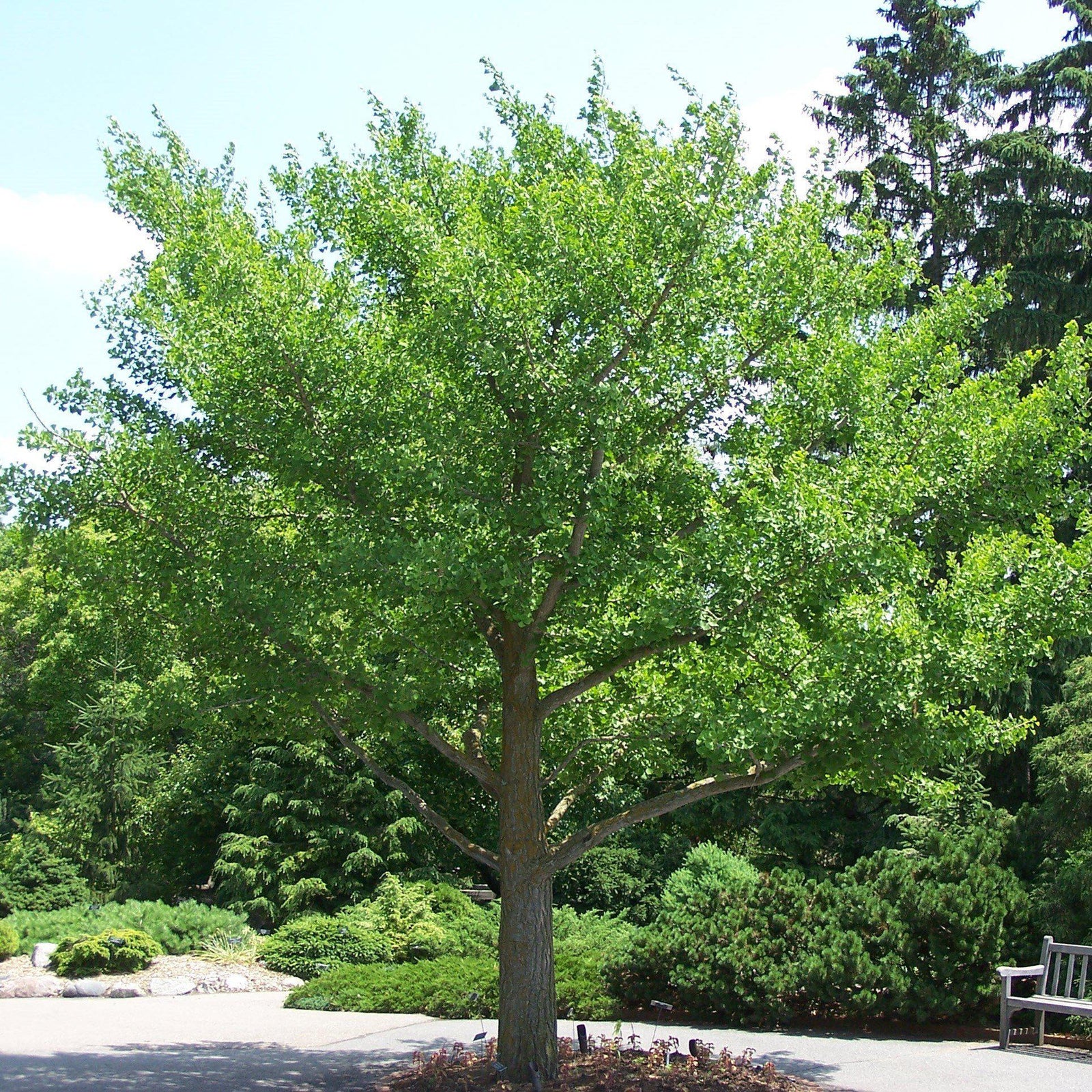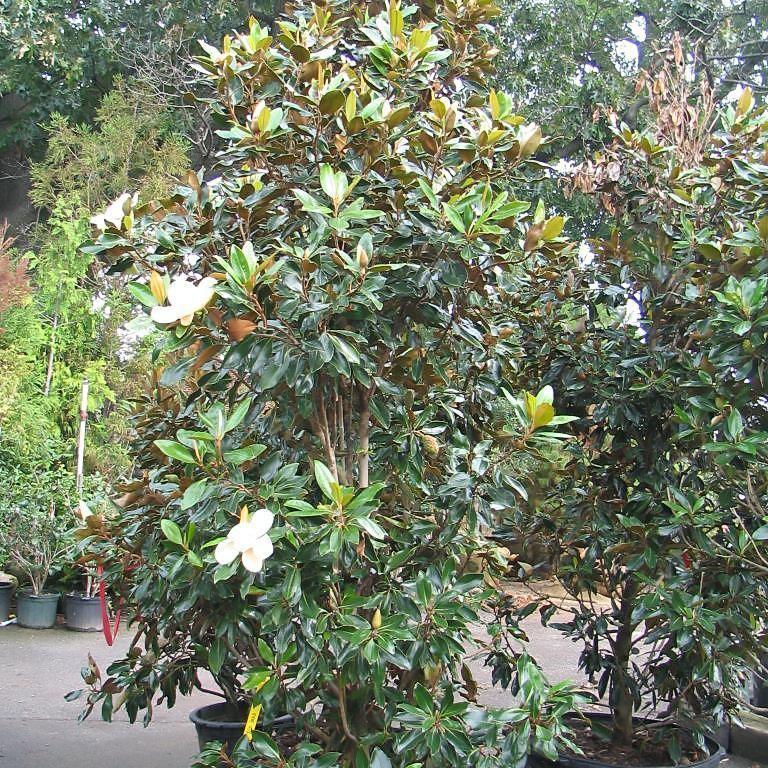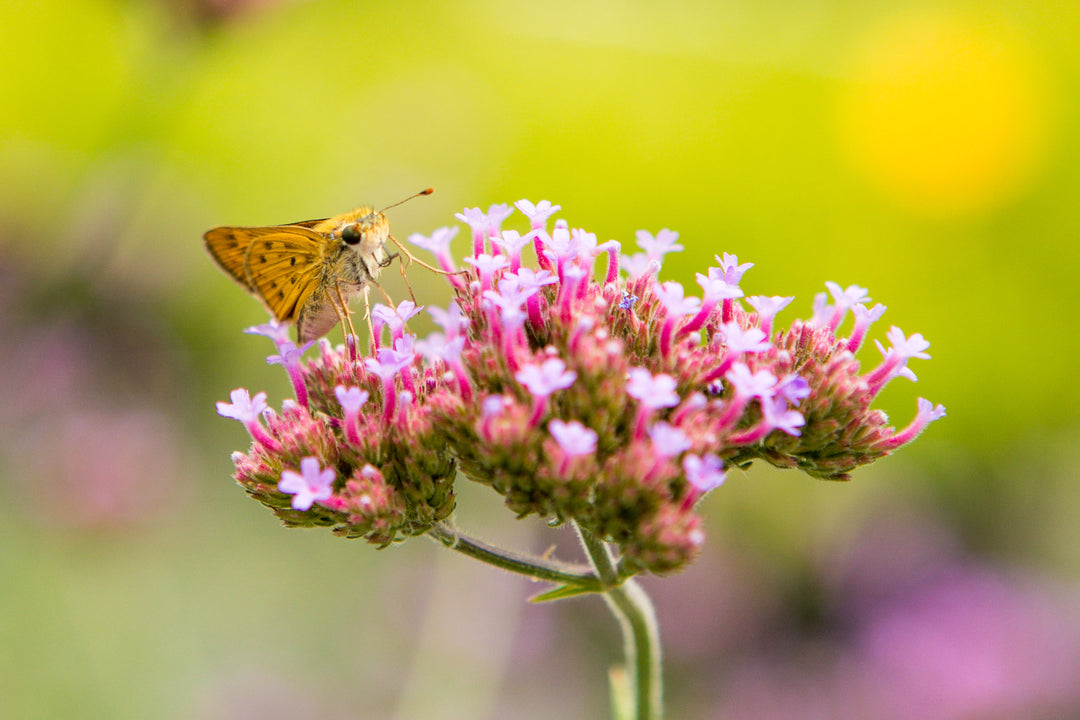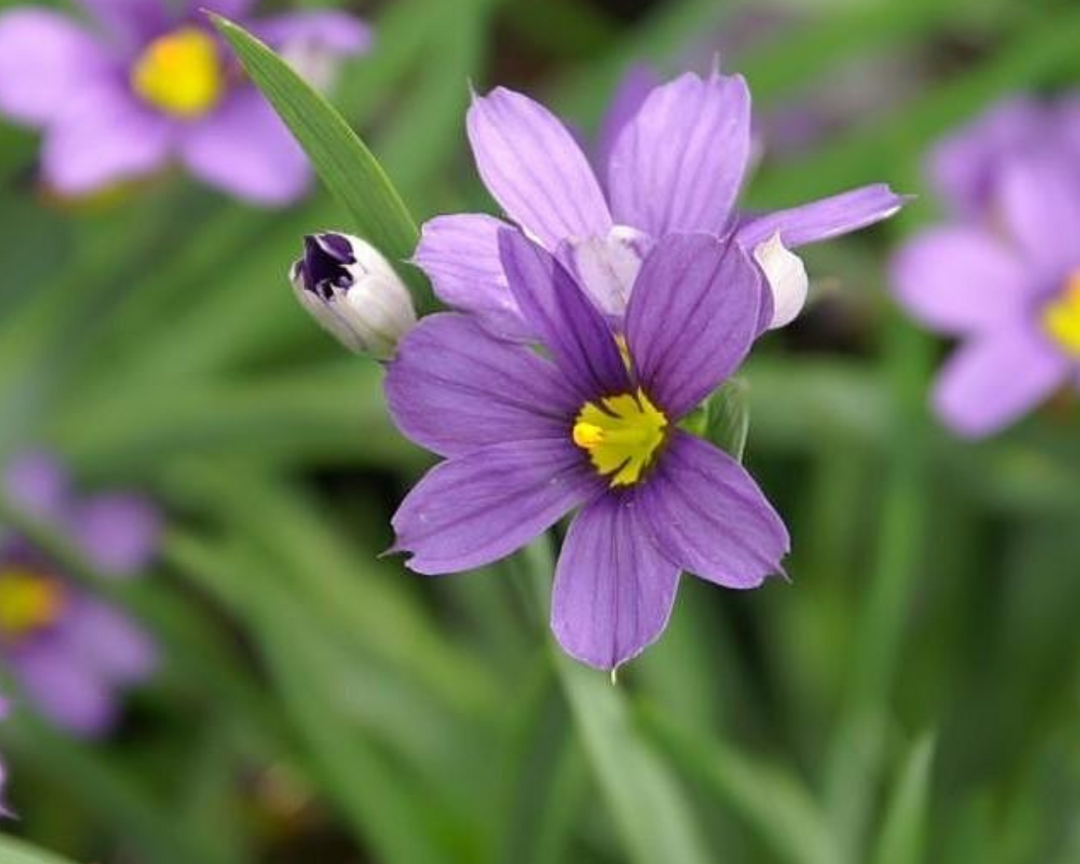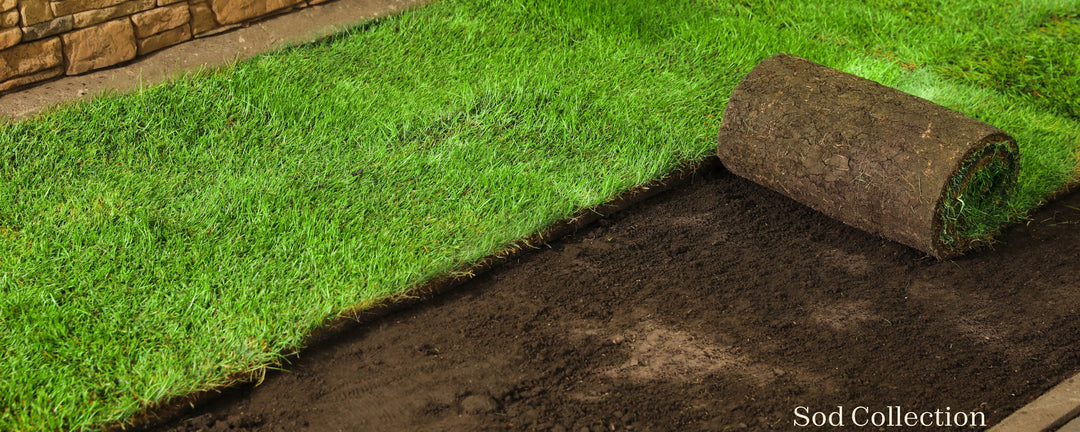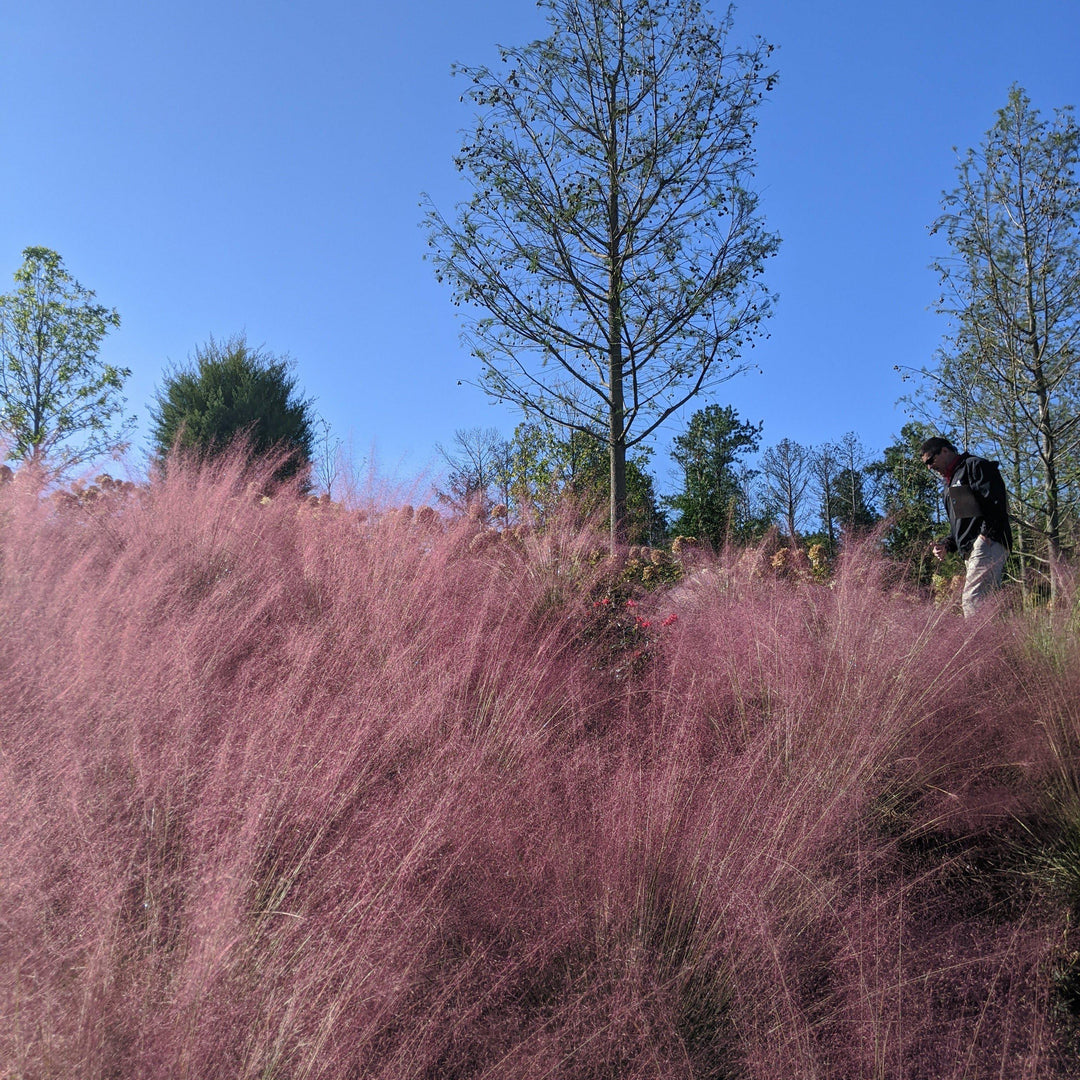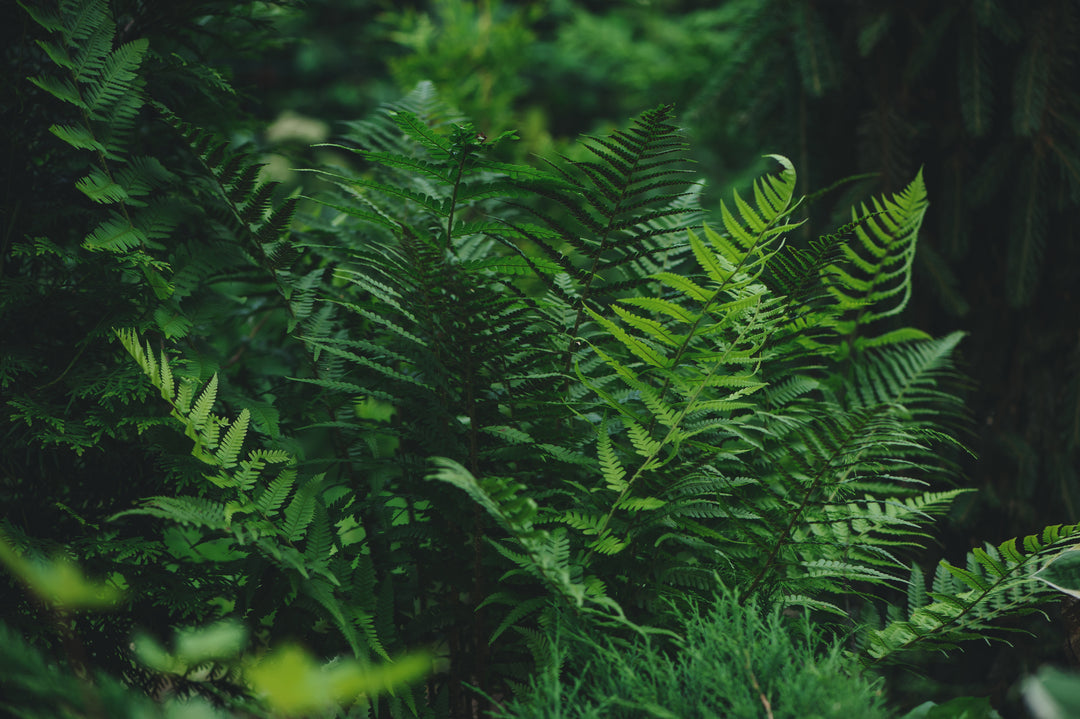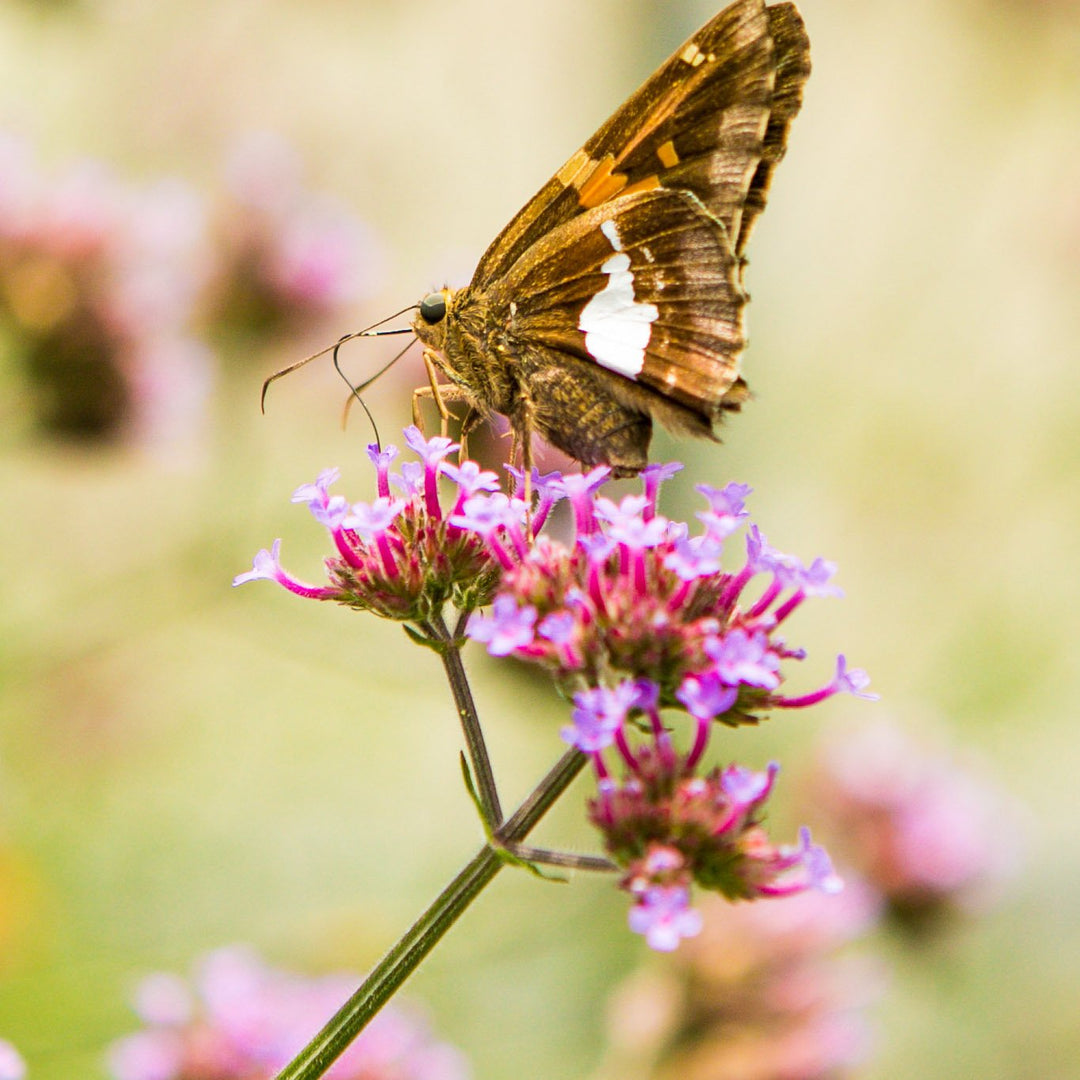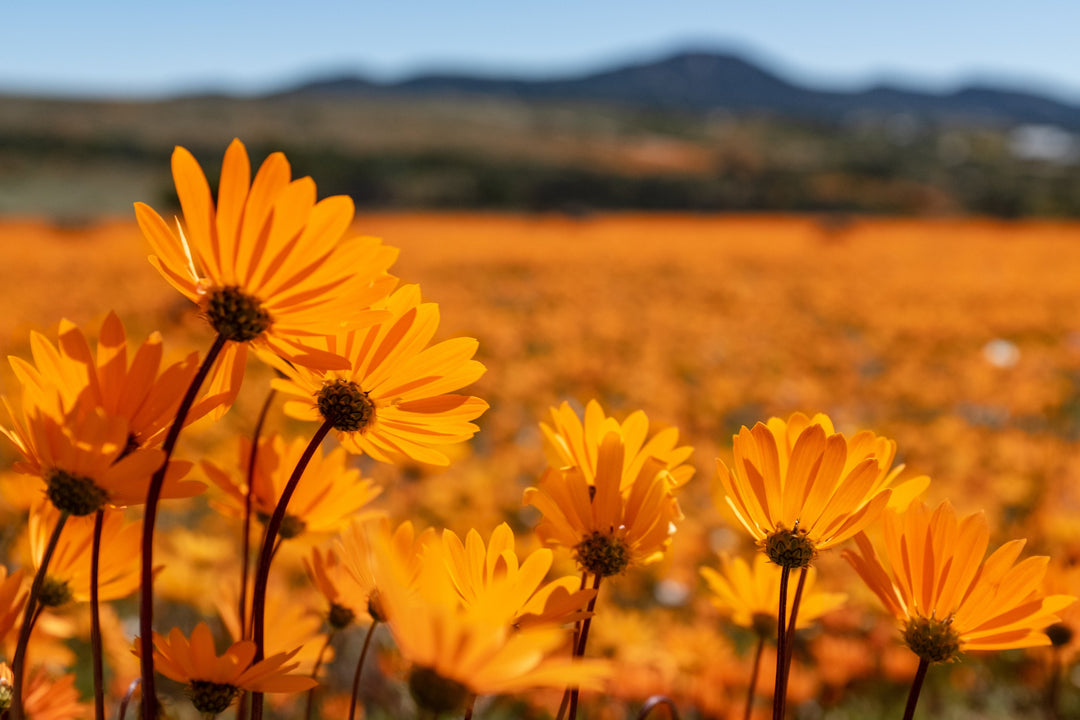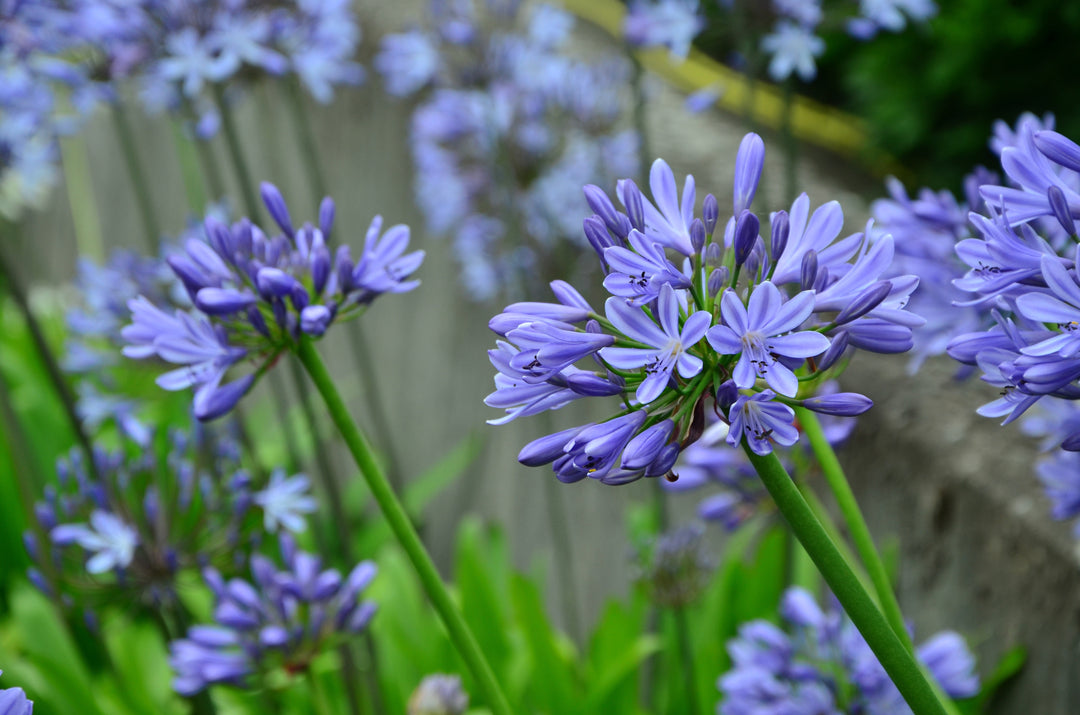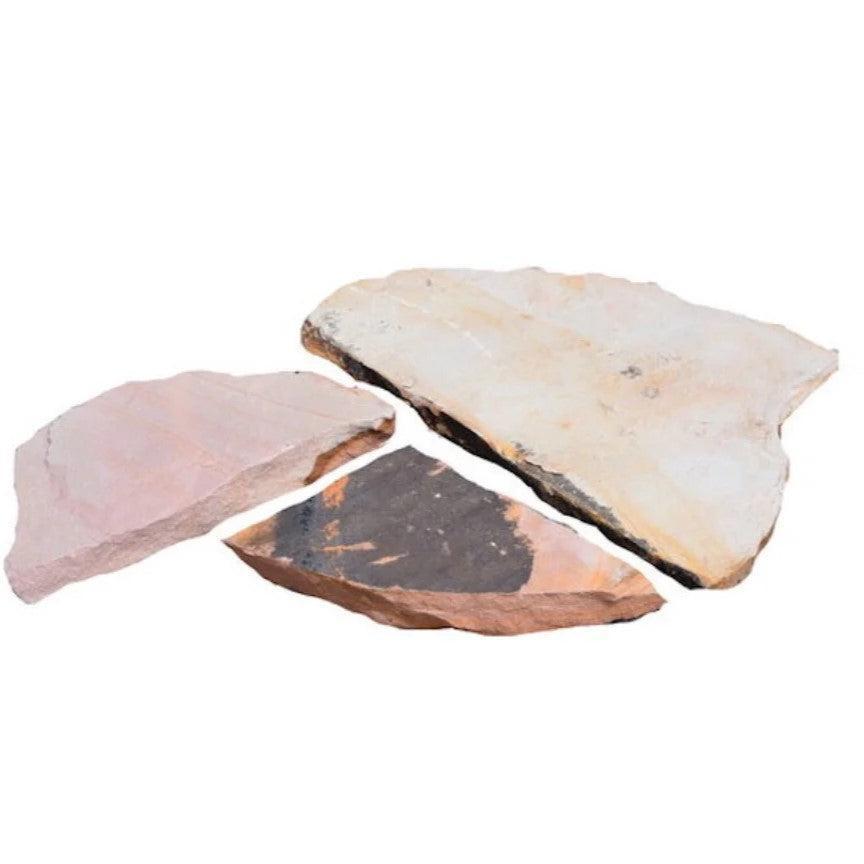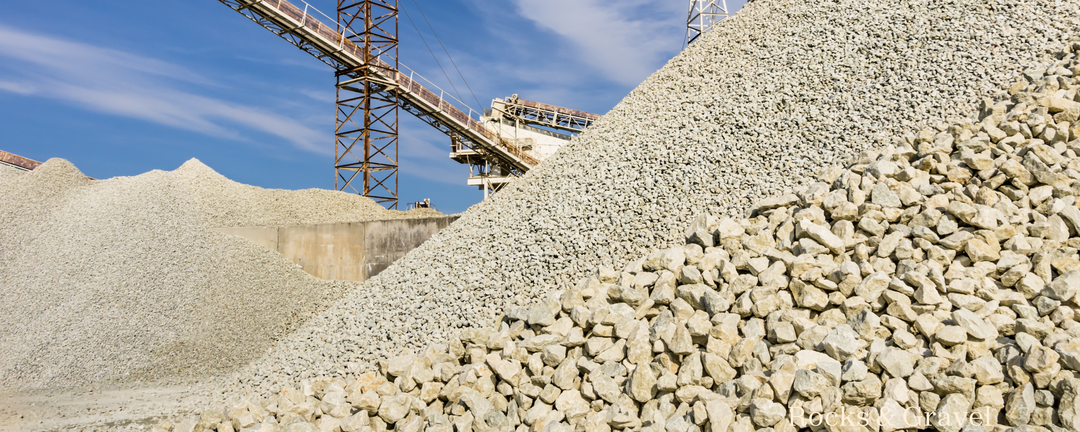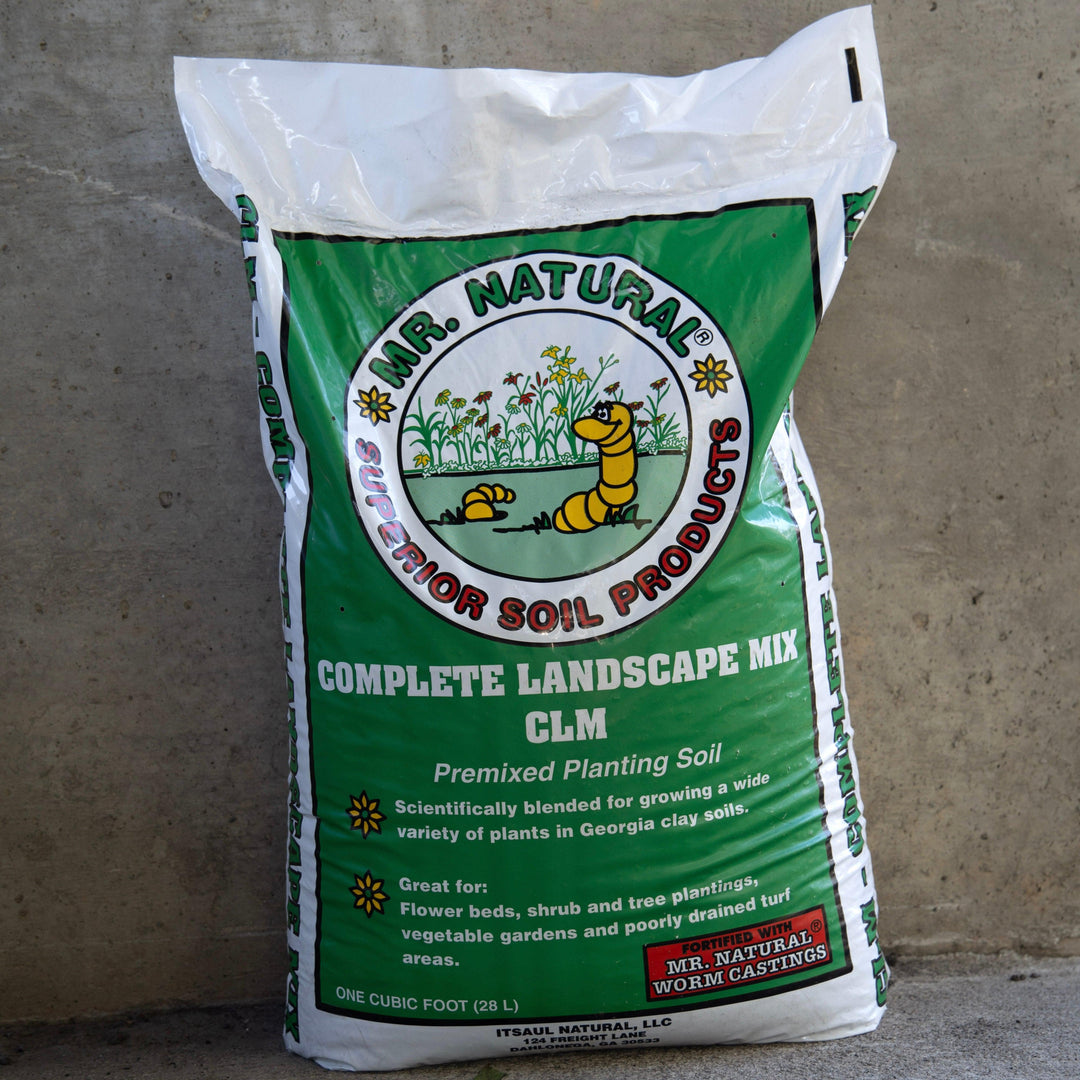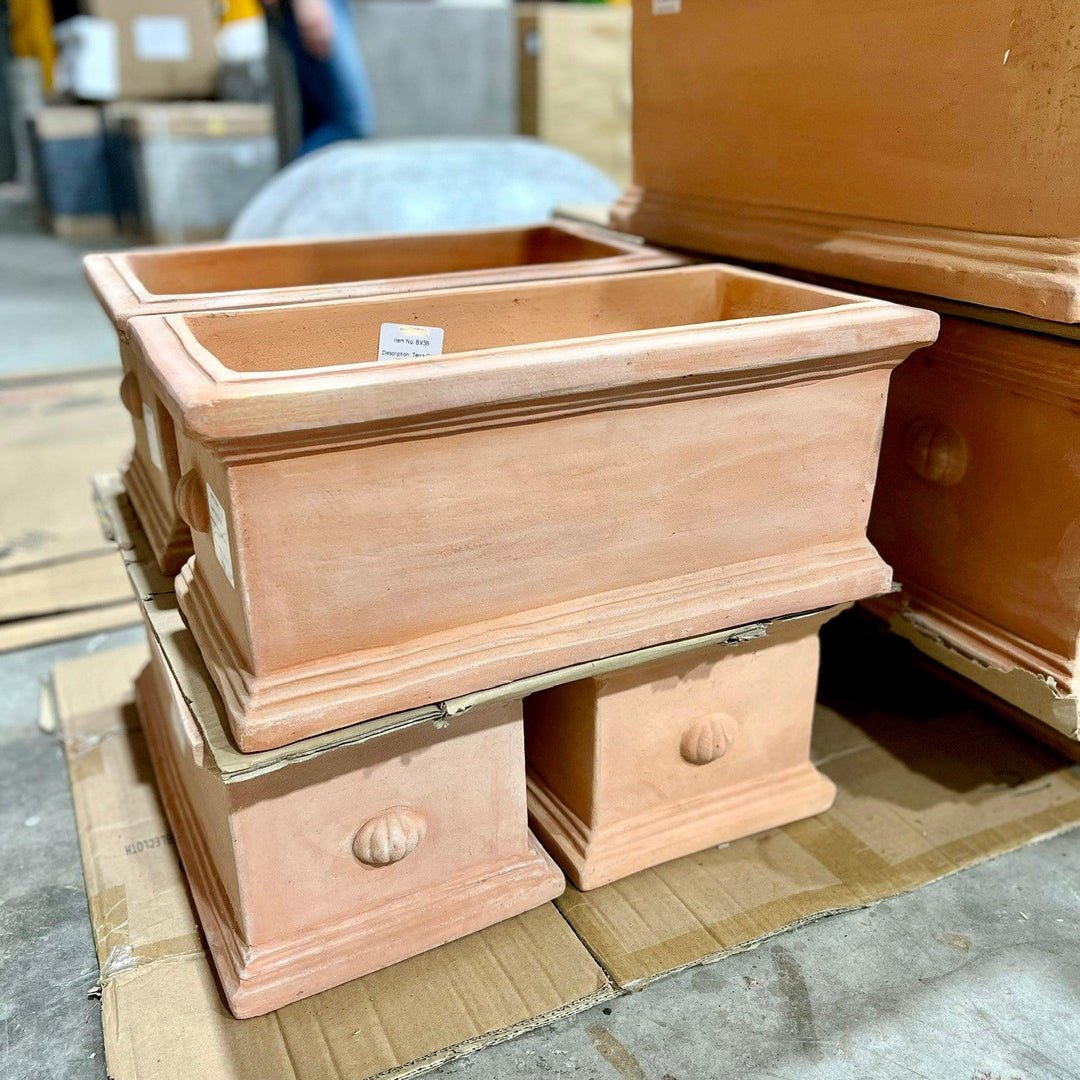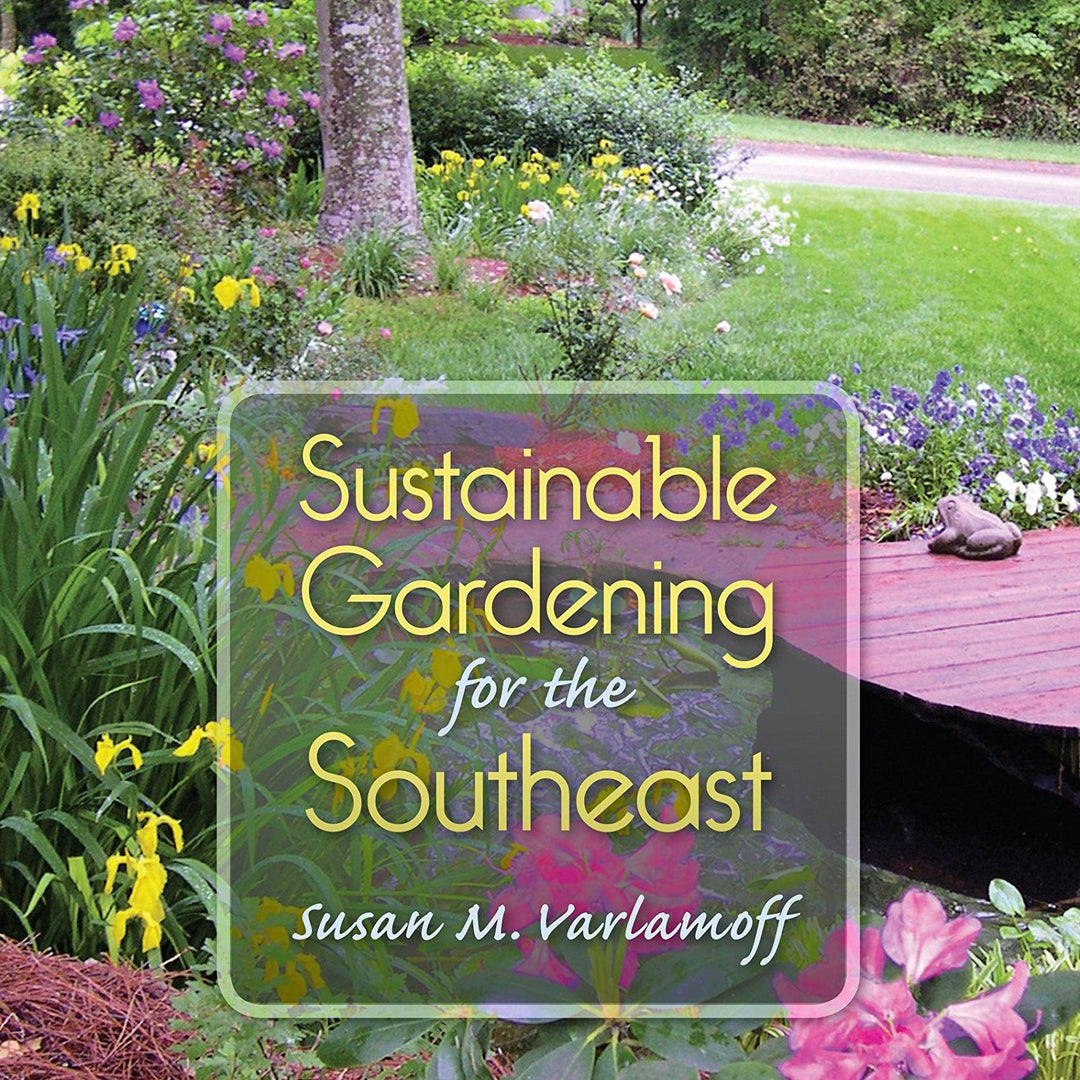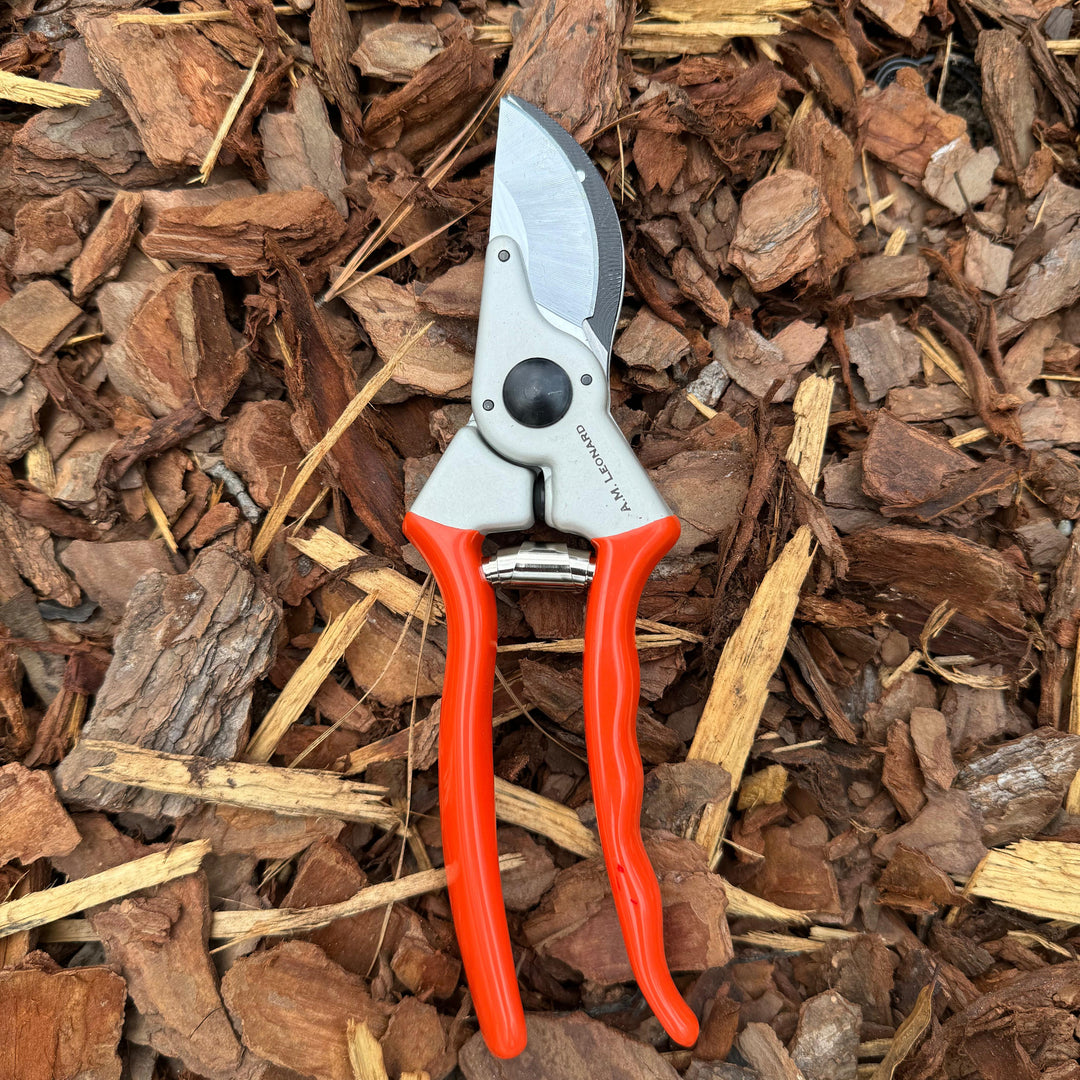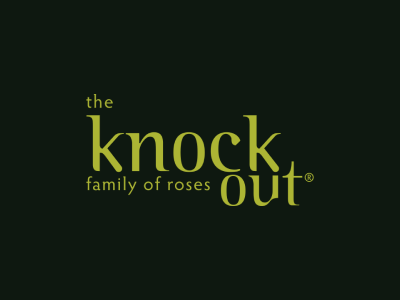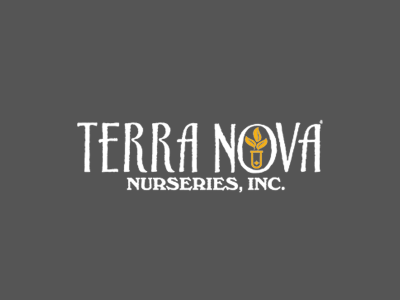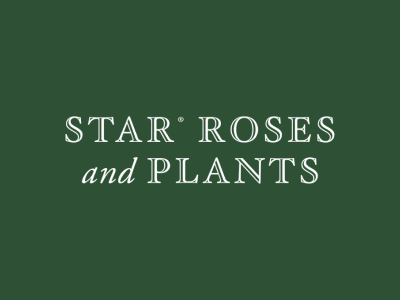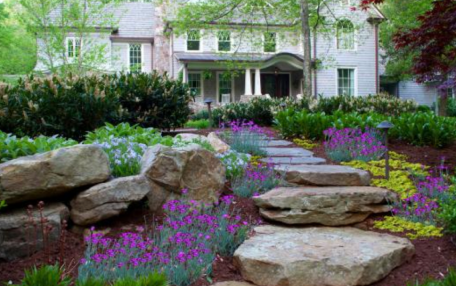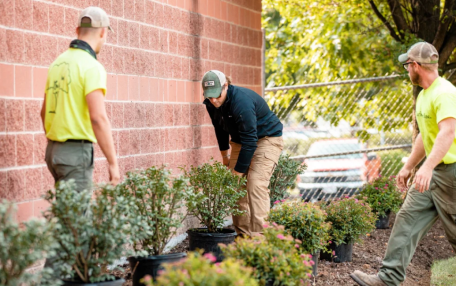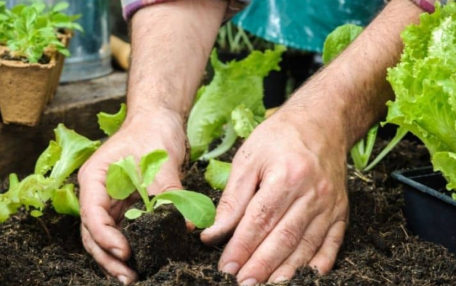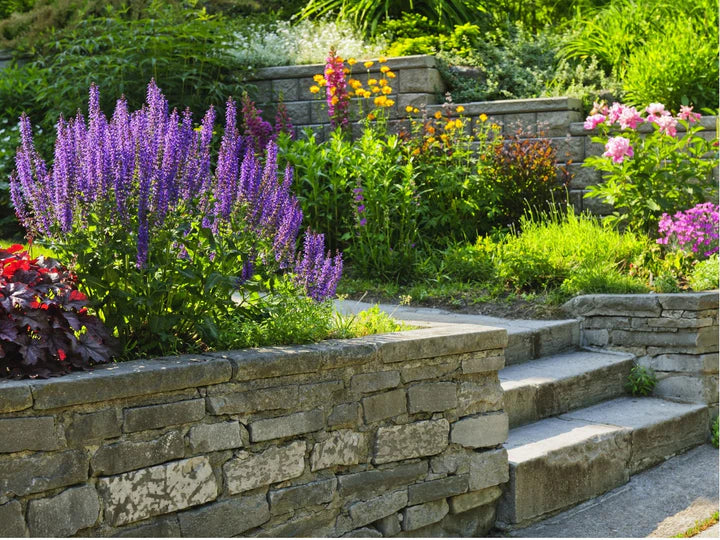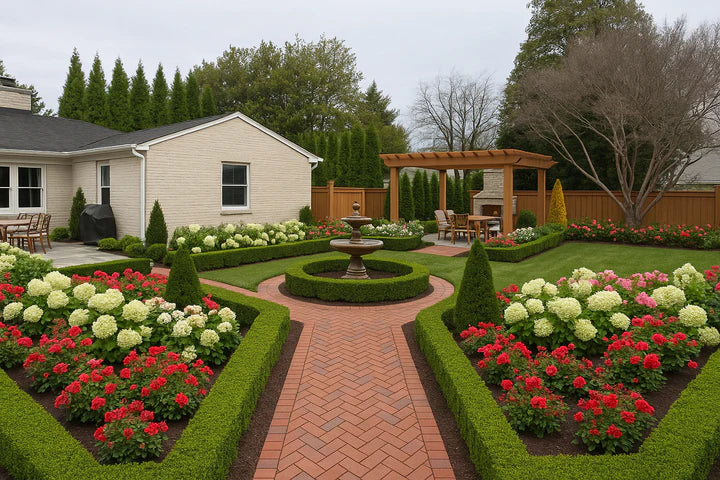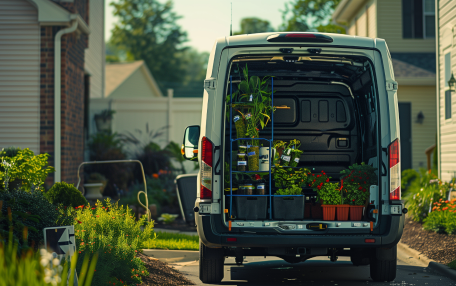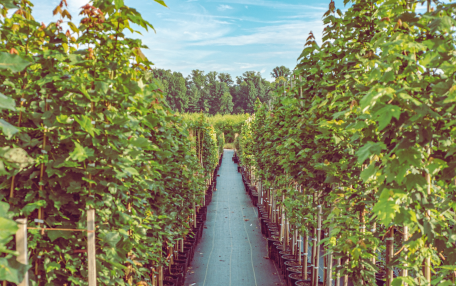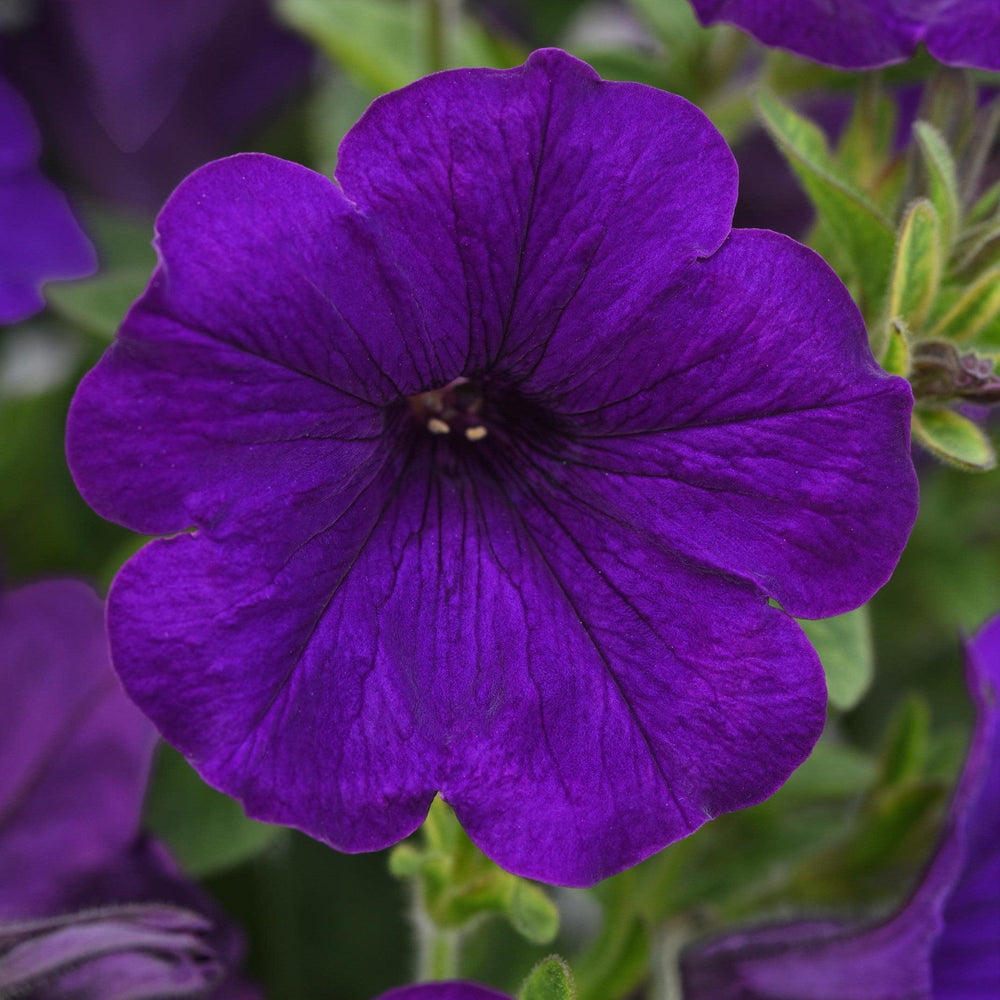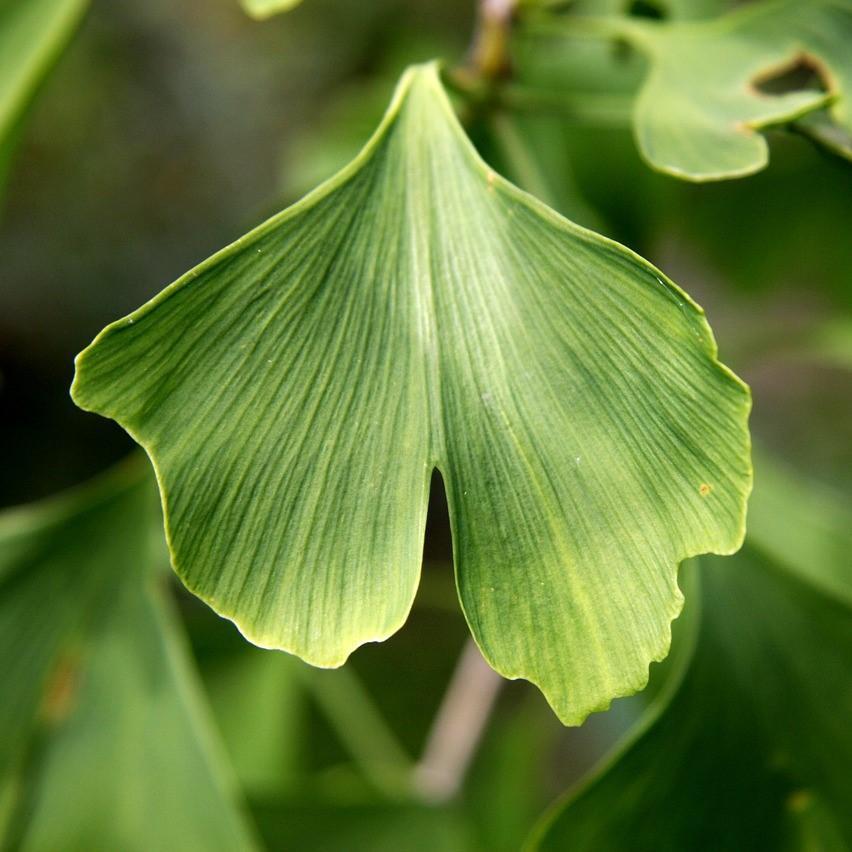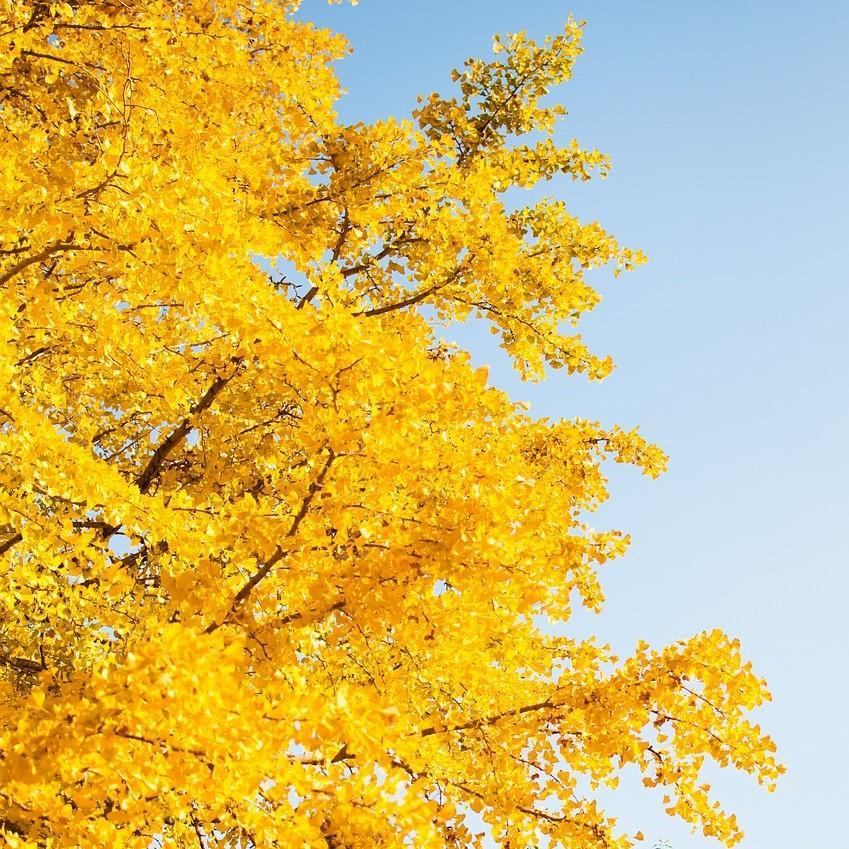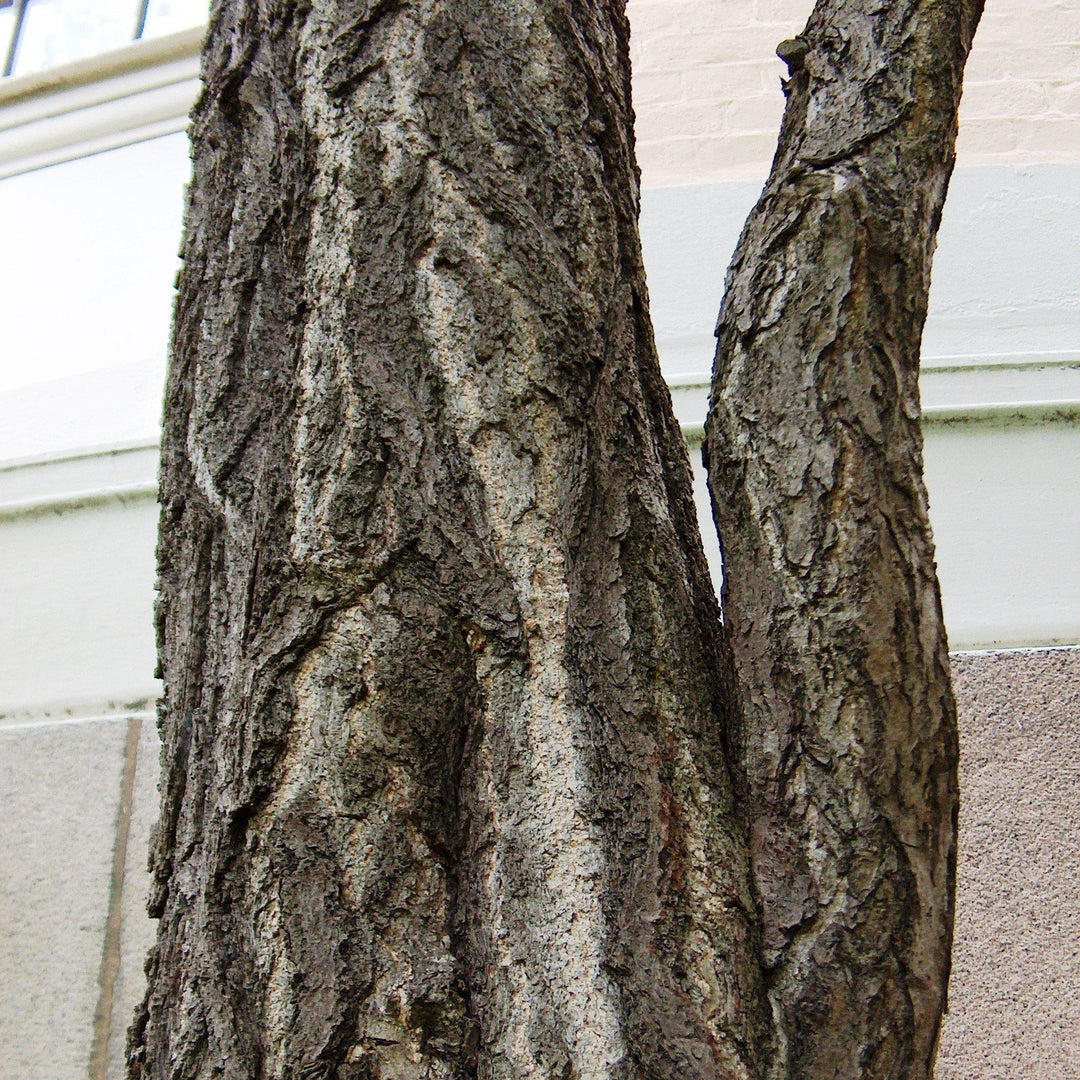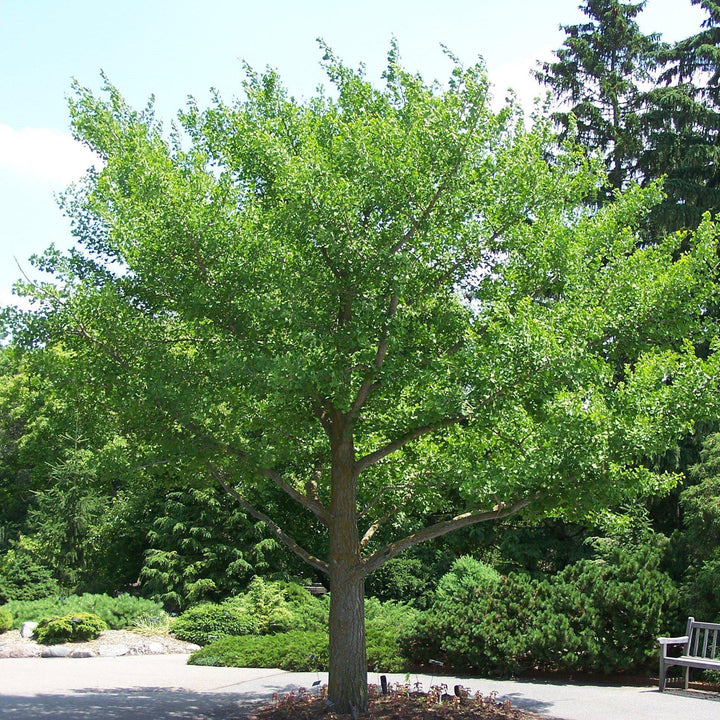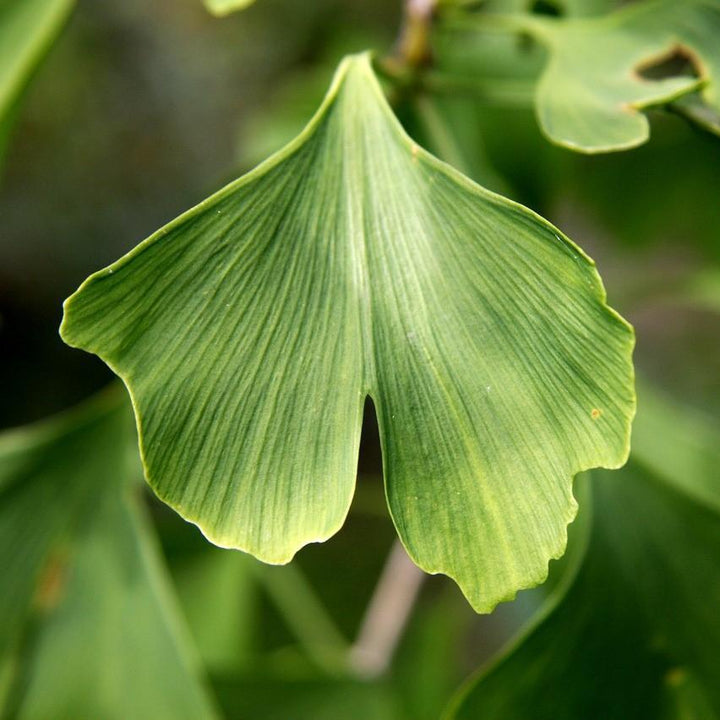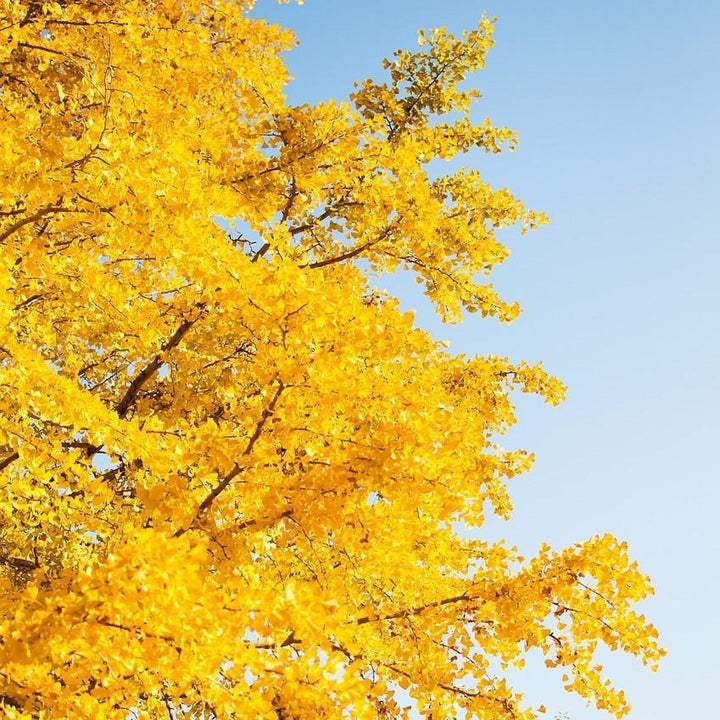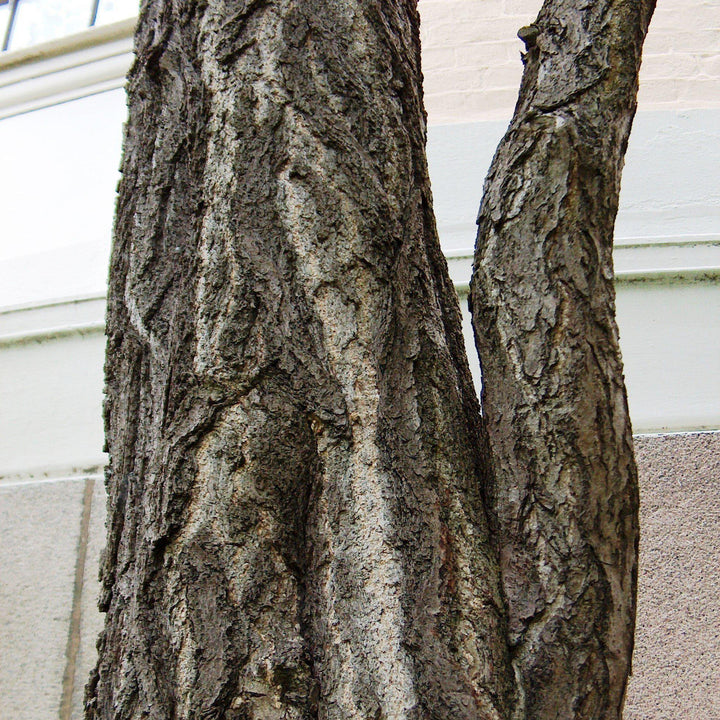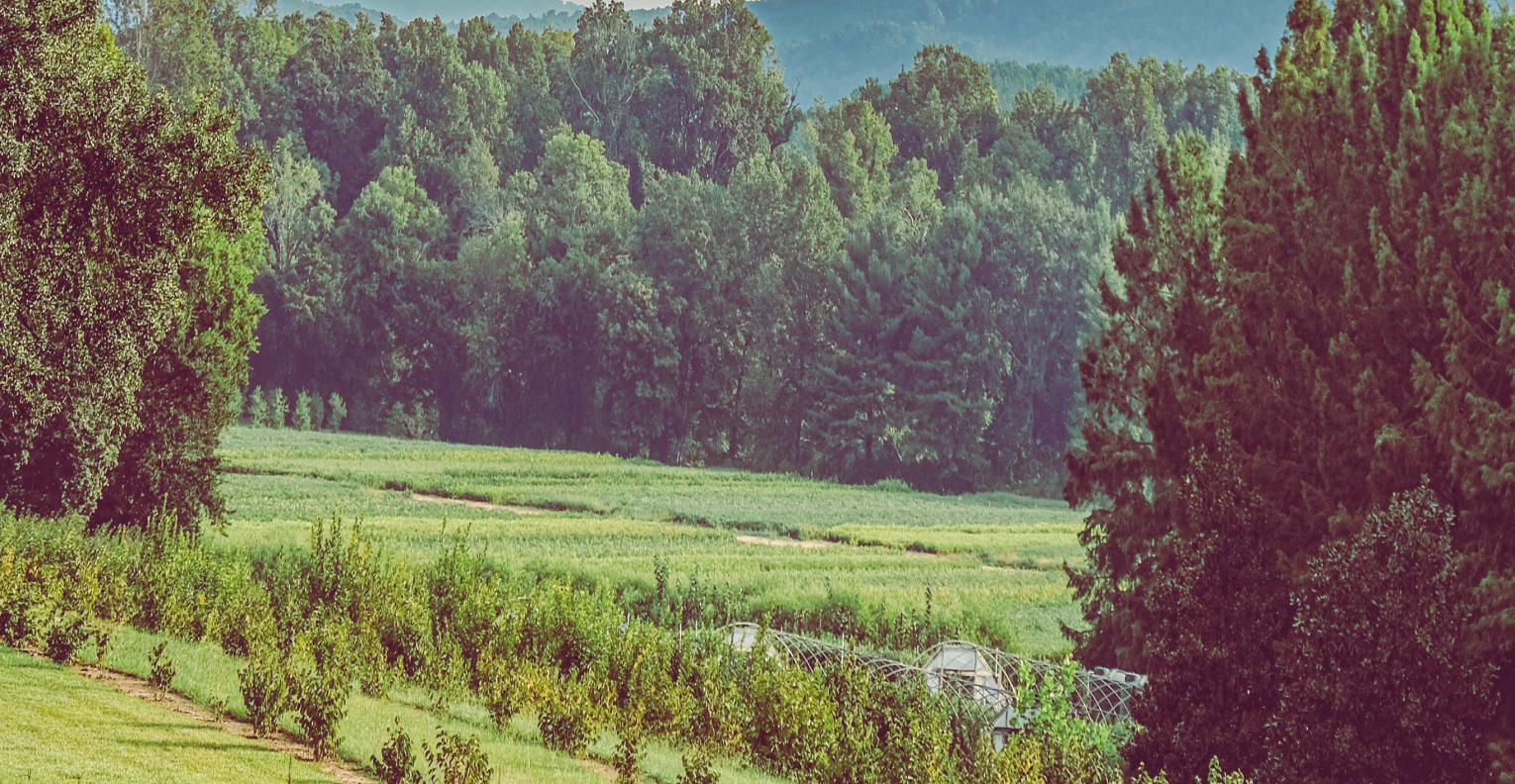The Ginkgo tree, also known as Ginkgo biloba, is one of the oldest living tree species on Earth. It has a rich history that dates back millions of years. Here are some key points about Ginkgo trees:
-
Appearance: Ginkgo trees have a unique and distinctive appearance. They are deciduous trees with fan-shaped leaves that turn a beautiful golden-yellow color in the fall. The leaves are usually arranged in clusters along the branches.
-
Longevity: Ginkgo trees are known for their exceptional longevity. Some specimens are believed to be over 1,000 years old! They can live for several centuries if given the right conditions.
-
Male and Female Trees: Ginkgo trees are dioecious, which means they have separate male and female trees. The female trees produce fruit-like structures called "ginkgo nuts," which have a strong odor when they fall and can be messy. If you prefer a fruitless tree, it's recommended to plant a male cultivar.
|
Type: |
|
|
Height: |
50' - 80' |
|
Spread: |
30’ - 40' |
|
Spacing: |
40' |
|
USDA Hardiness Zone: |
3 - 8 |
|
Culture: |
|
|
Bloom Color: |
Green |
|
Season of Interest: |
MAINTENANCE NEEDS: Low Maintenance. No serious pests or diseases.
LANDSCAPE USES: Accents or Group Plantings, Borders, Naturalized Areas, Wildlife Gardens, Rock Gardens, and Shade Tree.
COMPANION PLANTS: Flowering Cherry, Maple, Bottlebrush
IMAGES: SEWilco, Ginkgo biloba MN 2007, CC BY-SA 3.0, (2) Svein Harkestad, Ginkgo biloba - Bark, CC BY-SA 3.0
*As plants have ranges in appearance they may not appear as the images shown.


